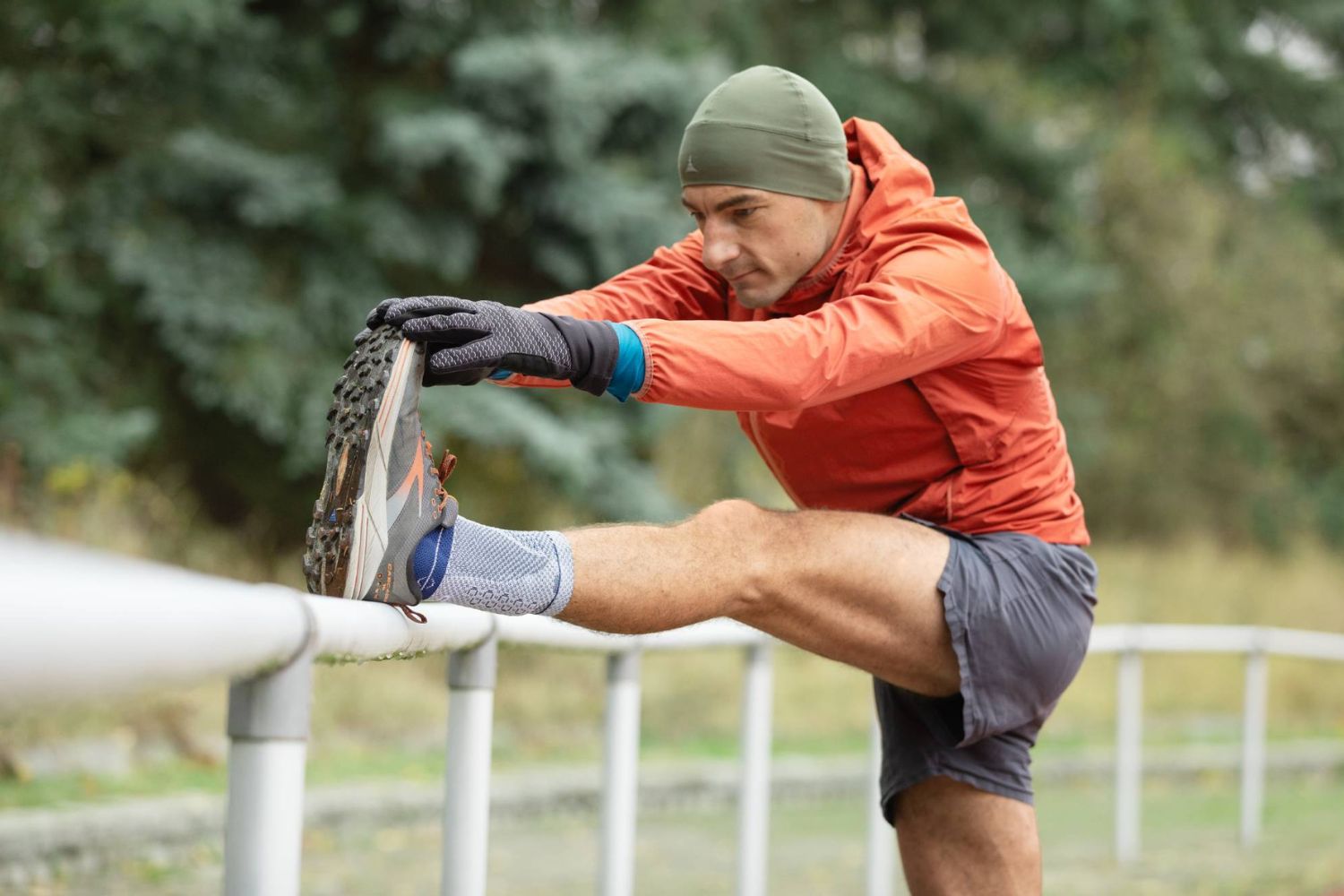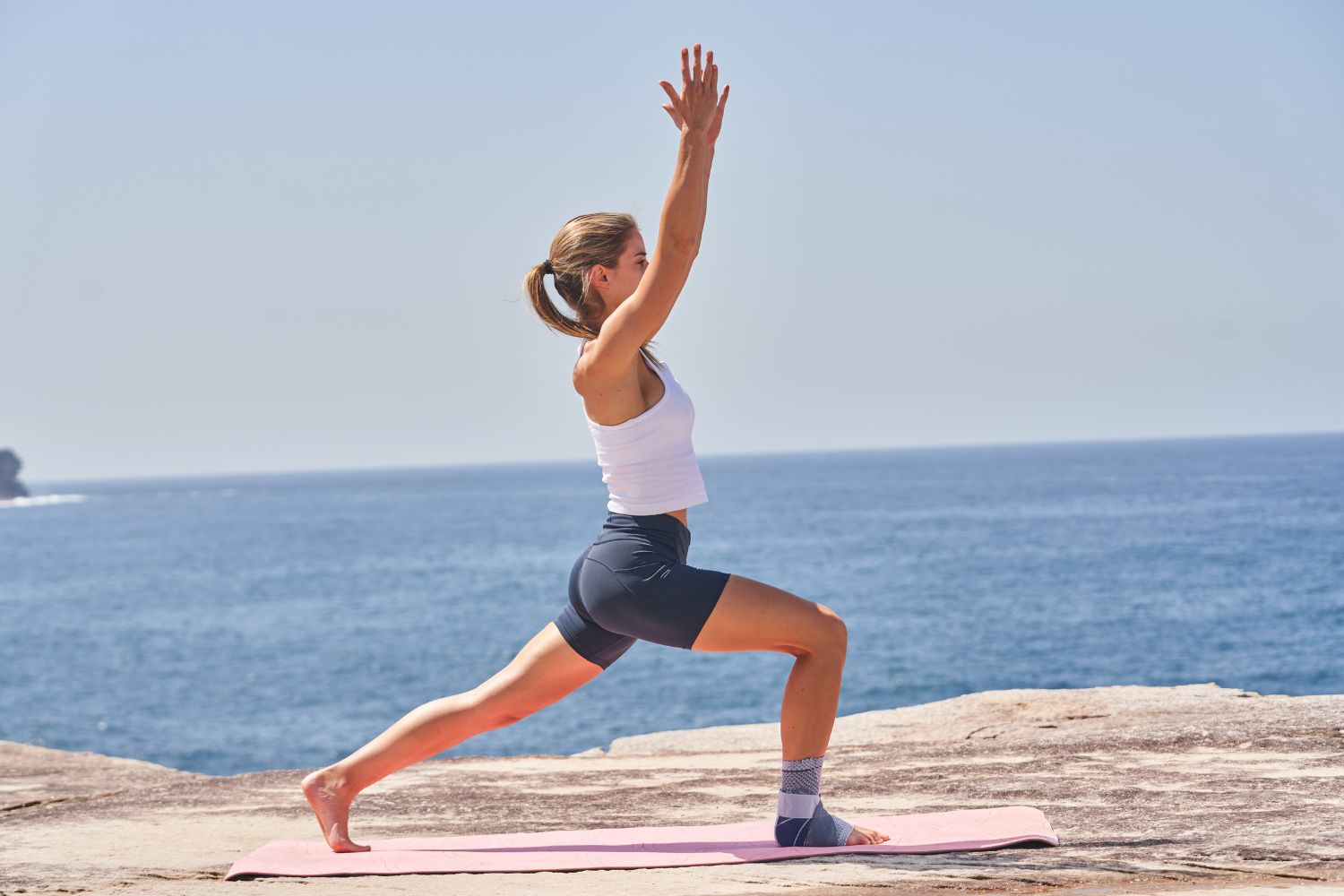Are you hoping to find out what’s causing your hip pain or looking for a way to relieve it? This article is for you! We’ve outlined the common causes of painful hips, from tendonitis to dysplasia and how to manage painful symptoms.
Common causes of hip pain
Tendonitis
iliopsoas tendonitis affects the tendons of the hip flexors. These tendons and muscles flex your hip, bringing the knee closer to the chest. Repeated leg lifting by jumping, running, or kicking can damage the tendons over time, leading to pain and inflammation. Symptoms include tightness around the hips, low back pain, discomfort after a long period of sitting, the front of your hip feeling tender to the touch, and an altered gait and posture. In some cases, you may hear a snapping or popping sound as you move the hip (a condition known as Snapping Hip Syndrome.)
Hip flexor strain
Your hip can also result from straining your hip flexor muscle, which can happen if you overstretch the area between your abdomen and quads. Damage to the muscle will lead to pain, swelling, and sometimes a feeling of weakness as you try to move it.
Hip sprain
Similarly, you can overstretch or tear a hip ligament, leading to very similar symptoms. Pain, swelling, and instability are common experiences with this injury. The more severe the ligament tear, the worse the symptoms will be. In extreme cases, you may have trouble standing and sitting.
Bursitis
Hip bursitis or trochanteric bursitis occurs when the bursae in the hip joint become inflamed. The bursae are small, fluid-filled sacks that sit between your tendons and bones to prevent them from rubbing against each other. While they’re used to friction, overuse (such as drastically increasing your exercise regimen) can agitate them, making them larger and rougher. As a result, you can experience pain around the hip when lying on your side, moving the hip, or standing up after a long period of sitting down.
Hip dysplasia
Hip dysplasia occurs during development when the hip and socket joints are meant to grow together and mould around each other. If the hip doesn’t sit firmly in the socket when the baby is born, the joint can’t develop properly, leading to issues in young adulthood and adulthood. These include pain through the hip and groin, tightness, altered gait, and one leg being longer than the other, which can start affecting the curve of the spine.
Arthritis
And last but not least, your hip pain may result from arthritis. Typically, the hip is affected by Osteoarthritis. As we age, the hip cartilage undergoes gradual wear and tear, reducing the amount of cushioning for the femur and pelvis. You may experience pain that worsens after a long period of rest or activity, swelling, and stiffness.
The best ways to manage hip pain
Rest
Giving your hip a breather is essential to help it recover from acute injuries like sprains and overuse injuries like tendonitis and bursitis. Depending on your clinician’s recommendation, you may need to avoid certain sports and physical activities and limit pressure on the joint (e.g., by avoiding long hours of sitting).
Exercises
It might seem counterintuitive, but exercise is one of the best remedies for pain. It will reduce stiffness in the surrounding muscle and maintain muscle strength so your joint stays well-supported. While your exercise plan may vary depending on your condition and your clinician’s advice, some common exercises prescribed for hip pain include:
- Clamshells: lay on your side with your legs bent and back slightly curled. While keeping the insides of your feet pressed together, lift your top knee as high as possible without twisting your pelvis.
- Gute bridge: lay on your back with your knees bent and your feet flat on the ground. While keeping your spine neutral, squeeze your glutes, activate your core, and lift your hips until there’s a straight line from your knees to your chest.
- Standing lunge stretch: With your affected leg behind you and the other in front, lower yourself into a lunge. Your back leg should be straight, and your front leg should be bent at 90 degrees.
- Figure 4 stretch: Lay on your back with your legs straight. Place the ankle of your affected leg just above the knee of your other leg. Lift both legs in that position and gently pull them toward your chest until you feel a stretch through the hip and glutes.
Clinician, Physio or Osteo
It’s always a good idea to see a specialist if your hip pain is ongoing or you’re experiencing sharp pain. A physiotherapist, osteopath, or orthopaedic surgeon will help determine the cause of your pain and prescribe a treatment best suited to your condition. They will also help improve mobility, reduce pain, and recommend a rehab exercise routine if the indication is minor to moderate. More serious indications may require a surgical approach.
Brace for hip pain
CoxaTrain Hip Support
A good hip brace will reduce stress on the joint, relieving pain. It will also help you stay active and work to retrain the muscles, ensuring that you maintain the necessary muscle strength to help the joint move. For more severe hip issues like grade 2 sprains and advanced osteoarthritis, the CoxaTrain Hip Support incorporates compression knit around the thigh and hips to activate the hip support muscles. Meanwhile, the hinge and stay at the side work to minimise pressure on the joint while keeping the hip in proper alignment.
For mild hip issues like mild dysplasia and tendonitis, the SacroLoc is a good fit. It incorporates compression to combat inflammation common to overuse injuries. The brace also features a sacral pad to massage and relieve pain and an offloading system to help realign the hips.
Our braces are well-researched, tested, and made with comfort and relief in mind. They’ll support you through movement without limiting mobility.
To sum up
Hip pain can result from many issues, including developmental, degenerative, and sudden. But in many cases, the methods to manage it are similar. A safe exercise routine, quality brace, rest, and seeing a specialist are crucial to finding relief.
If you require assistance selecting the right product for your needs or wearing the brace, call us on 098015660 or contact us via live chat.
Do you have private health? Most private health extras will cover Bauerfeind Products. Check to see if yours is included. Bauerfeind Private Health Insurance Inquiry.
Bauerfeind was founded in 1929, and since then, we've worked tirelessly to develop and improve our extensive range of braces, insoles, and compression products. Our mission is to provide you with top-of-the-line supports so you can reach your fitness goals or live life without pain holding you back.
Every product is produced entirely in our facilities in Germany with the guidance of doctors, clinics, and orthopaedic technicians.

















